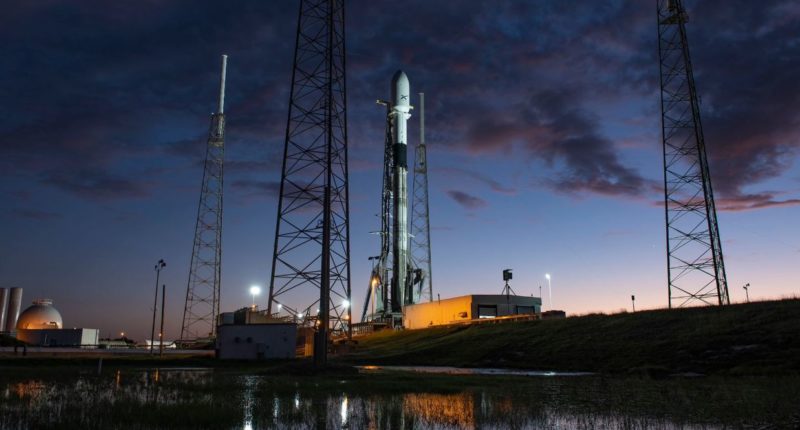Yet another launch, yet another success. Things finally seem to be getting in place for Elon Musk’s SpaceX. The private aerospace company today successfully launched its third launch of Starlink satellites from Space Launch Complex 40 (SLC-40) at Cape Canaveral Air Force Station, Florida.
Once again, the satellites have been launched in a batch of 60, as was the case with the previous such launch. And yet again, the launch saw the use of a thrice used Falcon 9 booster, including two in 2019, one of which was the first bulk Starlink mission in May 2019.
Following stage separation, SpaceX also successfully landed Falcon 9’s first stage on the “Of Course I Still Love You” droneship, stationed in the Atlantic Ocean. And approximately 45 minutes after liftoff, SpaceX’s also successfully recovered the Falcon 9 half fairing through its fairing recovery vessel, “Ms. Tree,”.
The launch was also important from the perspective of ongoing criticism of the network. Multiple sightings have shown that space visibility from earth has been hampered due to starlink, since the satellites orbit too close to the earth and are brighter than they should be. SpaceX has tried to address that in this launch.
The company detailed that postdeployment, over the course of one to four months, the satellites use their onboard thrusters to raise from an altitude of 290 km to 550 km. During this phase of flight the satellites are closely clustered and their solar arrays are in a special low-drag configuration, making them appear more visible from the ground. Once the satellites reach their operational altitude of 550km and begin onstation service, their orientation changes and the satellites become significantly less visible from the ground.
Interestingly on this flight, SpaceX is also testing an experimental darkening treatment on one satellite to further reduce the albedo of the body of the satellites.
The Tech Portal is published by Blue Box Media Private Limited. Our investors have no influence over our reporting. Read our full Ownership and Funding Disclosure →





